Muhammad Farooq
Robustness for Free: Quality-Diversity Driven Discovery of Agile Soft Robotic Gaits
Nov 02, 2023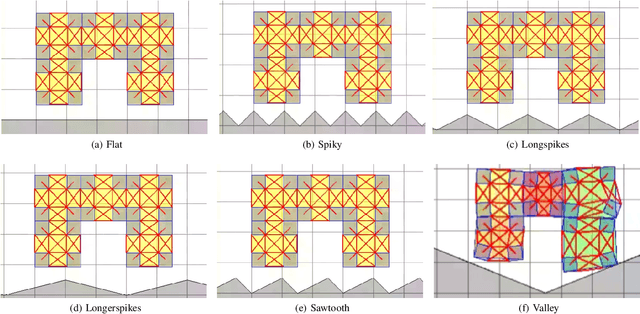
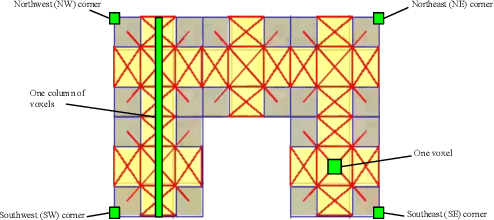
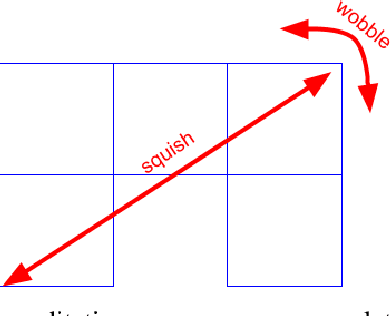
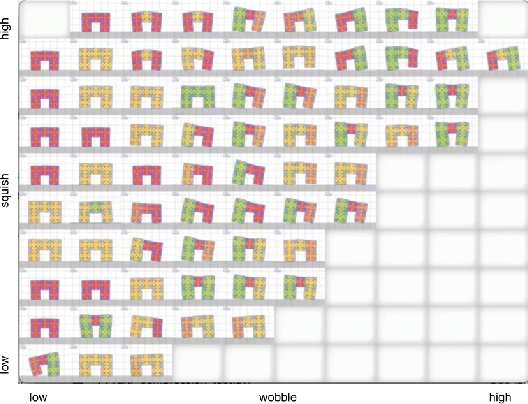
Abstract:Soft robotics aims to develop robots able to adapt their behavior across a wide range of unstructured and unknown environments. A critical challenge of soft robotic control is that nonlinear dynamics often result in complex behaviors hard to model and predict. Typically behaviors for mobile soft robots are discovered through empirical trial and error and hand-tuning. More recently, optimization algorithms such as Genetic Algorithms (GA) have been used to discover gaits, but these behaviors are often optimized for a single environment or terrain, and can be brittle to unplanned changes to terrain. In this paper we demonstrate how Quality Diversity Algorithms, which search of a range of high-performing behaviors, can produce repertoires of gaits that are robust to changing terrains. This robustness significantly out-performs that of gaits produced by a single objective optimization algorithm.
Myocardial Infarction Detection from ECG: A Gramian Angular Field-based 2D-CNN Approach
Feb 25, 2023Abstract:This paper presents a novel method for myocardial infarction (MI) detection using lead II of electrocardiogram (ECG). Under our proposed method, we first clean the noisy ECG signals using db4 wavelet, followed by an R-peak detection algorithm to segment the ECG signals into beats. We then translate the ECG timeseries dataset to an equivalent dataset of gray-scale images using Gramian Angular Summation Field (GASF) and Gramian Angular Difference Field (GADF) operations. Subsequently, the gray-scale images are fed into a custom two-dimensional convolutional neural network (2D-CNN) which efficiently differentiates the ECG beats of the healthy subjects from the ECG beats of the subjects with MI. We train and test the performance of our proposed method on a public dataset, namely, Physikalisch Technische Bundesanstalt (PTB) ECG dataset from Physionet. Our proposed approach achieves an average classification accuracy of 99.68\%, 99.80\%, 99.82\%, and 99.84\% under GASF dataset with noise and baseline wander, GADF dataset with noise and baseline wander, GASF dataset with noise and baseline wander removed, and GADF dataset with noise and baseline wander removed, respectively. Our proposed method is able to cope with additive noise and baseline wander, and does not require handcrafted features by a domain expert. Most importantly, this work opens the floor for innovation in wearable devices (e.g., smart watches, wrist bands etc.) to do accurate, real-time and early MI detection using a single-lead (lead II) ECG.
Mirror Prox Algorithm for Large-Scale Cell-Free Massive MIMO Uplink Power Control
Sep 20, 2022
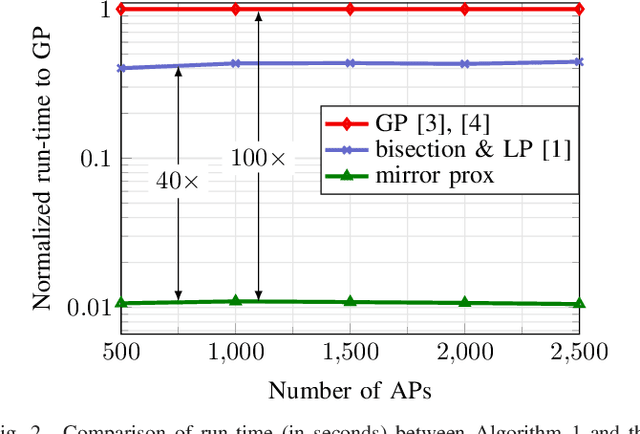

Abstract:We consider the problem of max-min fairness for uplink cell-free massive multiple-input multiple-output (MIMO) subject to per-user power constraints. The standard framework for solving the considered problem is to separately solve two subproblems: the receiver filter coefficient design and the power control problem. While the former has a closed-form solution, the latter has been solved using either second-order methods of high computational complexity or a first-order method that provides an approximate solution. To deal with these drawbacks of the existing methods, we propose a mirror prox based method for the power control problem by equivalently reformulating it as a convex-concave problem and applying the mirror prox algorithm to find a saddle point. The simulation results establish the optimality of the proposed solution and demonstrate that it is more efficient than the known methods. We also conclude that for large-scale cell-free massive MIMO, joint optimization of linear receive combining and power control provides significantly better user fairness than the power control only scheme in which receiver coefficients are fixed to unity.
On the Achievable Rate of IRS-Assisted Multigroup Multicast Systems
Aug 15, 2022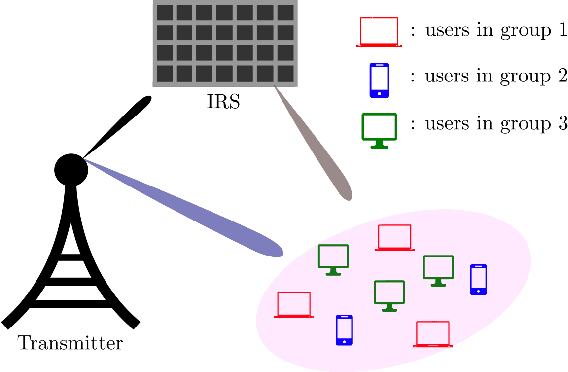
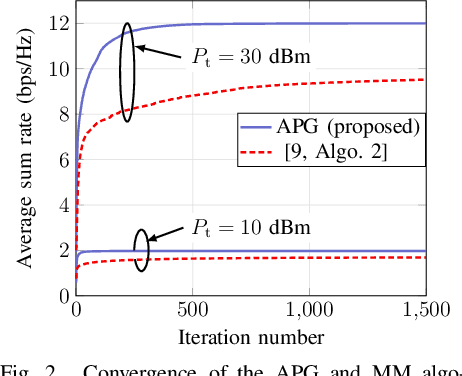
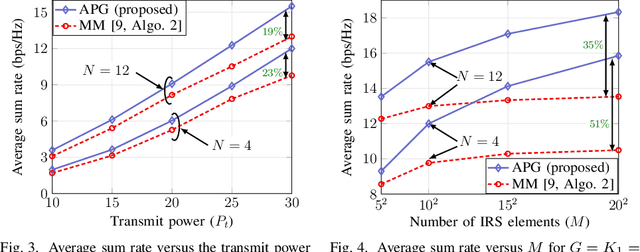
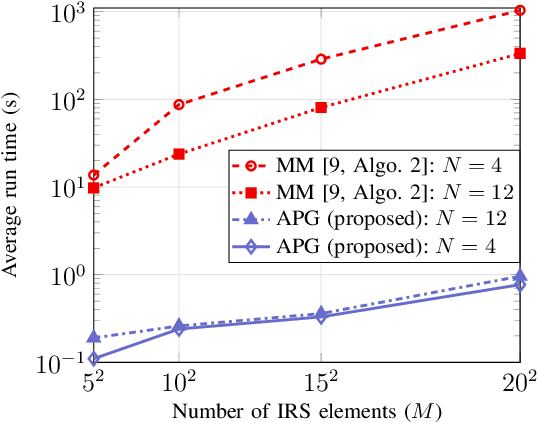
Abstract:Intelligent reflecting surfaces (IRSs) have shown huge advantages in many potential use cases and thus have been considered a promising candidate for next-generation wireless systems. In this paper, we consider an IRS-assisted multigroup multicast (IRS-MGMC) system in a multiple-input single-output (MISO) scenario, for which the related existing literature is rather limited. In particular, we aim to jointly design the transmit beamformers and IRS phase shifts to maximize the sum rate of the system under consideration. In order to obtain a numerically efficient solution to the formulated non-convex optimization problem, we propose an alternating projected gradient (APG) method where each iteration admits a closed-form and is shown to be superior to a known solution that is derived from the majorization-minimization (MM) method in terms of both achievable sum rate and required complexity, i.e., run time. In particular, we show that the complexity of the proposed APG method grows linearly with the number of IRS tiles, while that of the known solution in comparison grows with the third power of the number of IRS tiles. The numerical results reported in this paper extend our understanding on the achievable rates of large-scale IRS-assisted multigroup multicast systems.
Massive MIMO for Serving Federated Learning and Non-Federated Learning Users
May 21, 2022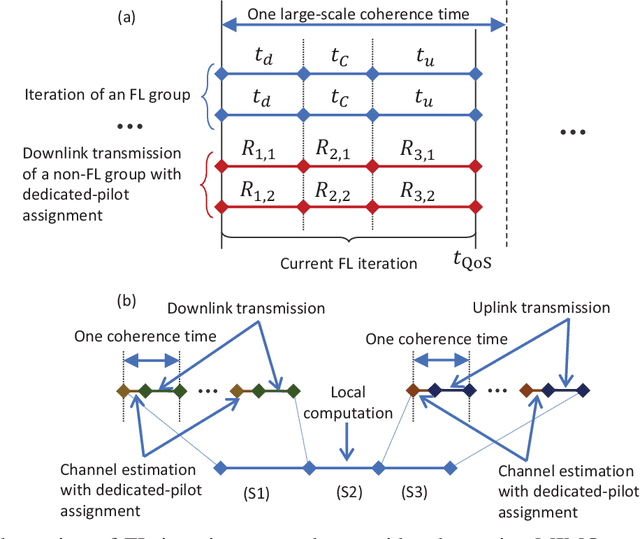
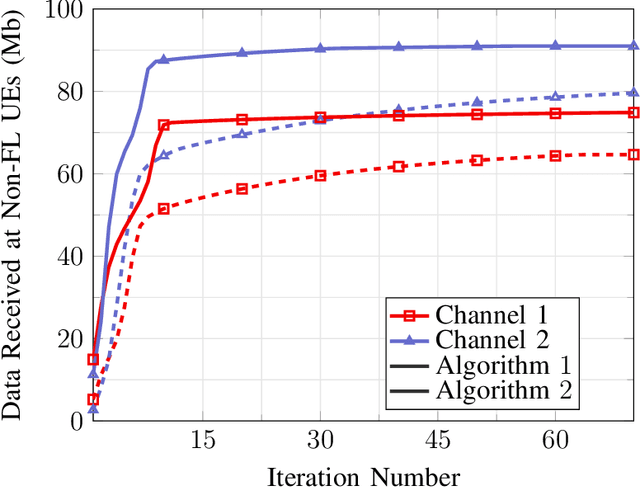
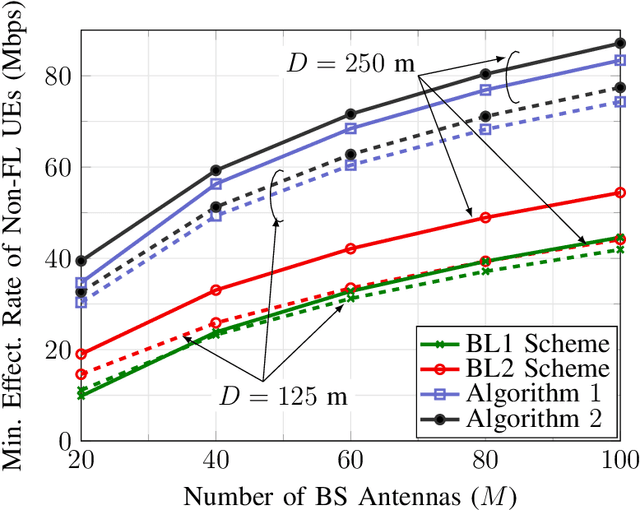
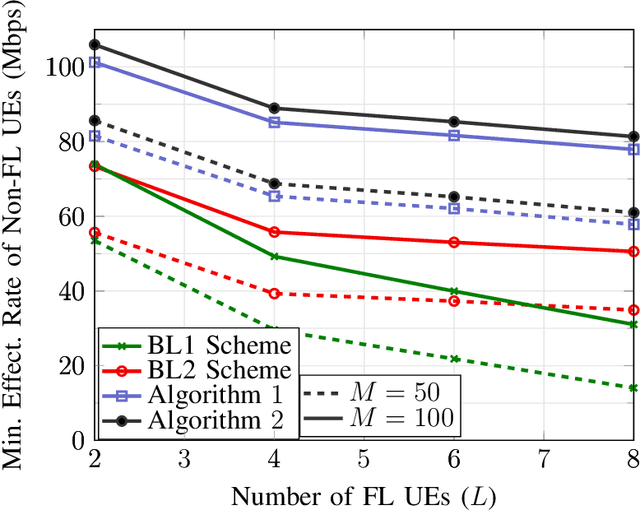
Abstract:With its privacy preservation and communication efficiency, federated learning (FL) has emerged as a promising learning framework for beyond 5G wireless networks. It is anticipated that future wireless networks will jointly serve both FL and downlink non-FL user groups in the same time-frequency resource. While in the downlink of each FL iteration, both groups jointly receive data from the base station in the same time-frequency resource, the uplink of each FL iteration requires bidirectional communication to support uplink transmission for FL users and downlink transmission for non-FL users. To overcome this challenge, we present half-duplex (HD) and full-duplex (FD) communication schemes to serve both groups. More specifically, we adopt the massive multiple-input multiple-output technology and aim to maximize the minimum effective rate of non-FL users under a quality of service (QoS) latency constraint for FL users. Since the formulated problem is highly nonconvex, we propose a power control algorithm based on successive convex approximation to find a stationary solution. Numerical results show that the proposed solutions perform significantly better than the considered baselines schemes. Moreover, the FD-based scheme outperforms the HD-based scheme in scenarios where the self-interference is small or moderate and/or the size of FL model updates is large.
Serving Federated Learning and Non-Federated Learning Users: A Massive MIMO Approach
May 21, 2022

Abstract:Federated learning (FL) with its data privacy protection and communication efficiency has been considered as a promising learning framework for beyond-5G/6G systems. We consider a scenario where a group of downlink non-FL users are jointly served with a group of FL users using massive multiple-input multiple-output technology. The main challenge is how to utilise the resource to optimally serve both FL and non-FL users. We propose a communication scheme that serves the downlink of the non-FL users (UEs) and the uplink of FL UEs in each half of the frequency band. We formulate an optimization problem for optimizing transmit power to maximize the minimum effective data rates for non-FL users, while guaranteeing a quality-of-service time of each FL communication round for FL users. Then, a successive convex approximation-based algorithm is proposed to solve the formulated problem. Numerical results confirm that our proposed scheme significantly outperforms the baseline scheme.
Power Control for Multigroup Multicast Cell-Free Massive MIMO Downlink
Jan 13, 2022


Abstract:We consider a multigroup multicast cell-free multiple-input multiple-output (MIMO) downlink system with short-term power constraints. In particular, the normalized conjugate beamforming scheme is adopted at each access point (AP) to keep the downlink power strictly under the power budget regardless of small scale fading. In the considered scenario, APs multicast signals to multiple groups of users whereby users in the same group receive the same message. Under this setup, we are interested in maximizing the minimum achievable rate of all groups, commonly known as the max-min fairness problem, which has not been studied before in this context. To solve the considered problem, we first present a bisection method which in fact has been widely used in previous studies for cell-free massive MIMO, and then propose an accelerated projected gradient (APG) method. We show that the proposed APG method outperforms the bisection method requiring lesser run time while still achieving the same objective value. Moreover, the considered power control scheme provides significantly improved performance and more fairness among the users compared to the equal power allocation scheme.
Accelerated Projected Gradient Method for the Optimization of Cell-Free Massive MIMO Downlink
Jan 12, 2022
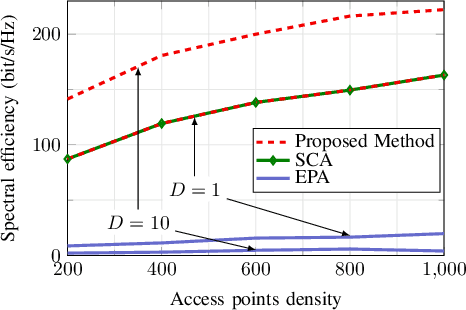

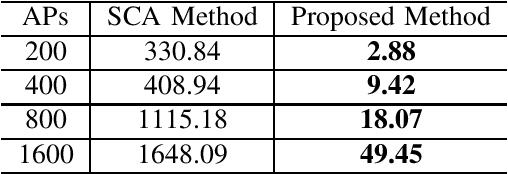
Abstract:We consider the downlink of a cell-free massive multiple-input multiple-output (MIMO) system where large number of access points (APs) simultaneously serve a group of users. Two fundamental problems are of interest, namely (i) to maximize the total spectral efficiency (SE), and (ii) to maximize the minimum SE of all users. As the considered problems are non-convex, existing solutions rely on successive convex approximation to find a sub-optimal solution. The known methods use off-the-shelf convex solvers, which basically implement an interior-point algorithm, to solve the derived convex problems. The main issue of such methods is that their complexity does not scale favorably with the problem size, limiting previous studies to cell-free massive MIMO of moderate scales. Thus the potential of cell-free massive MIMO has not been fully understood. To address this issue, we propose an accelerated projected gradient method to solve the considered problems. Particularly, the proposed solution is found in closed-form expressions and only requires the first order information of the objective, rather than the Hessian matrix as in known solutions, and thus is much more memory efficient. Numerical results demonstrate that our proposed solution achieves far less run-time, compared to other second-order methods.
COVID-ResNet: A Deep Learning Framework for Screening of COVID19 from Radiographs
Mar 31, 2020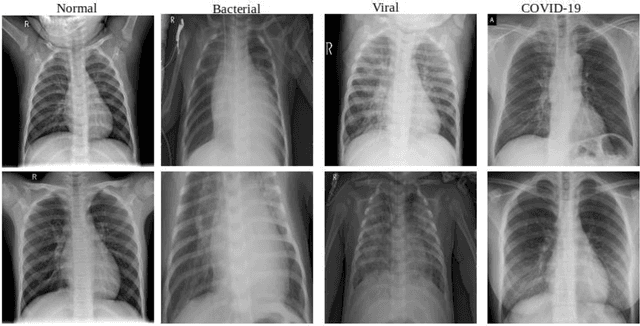
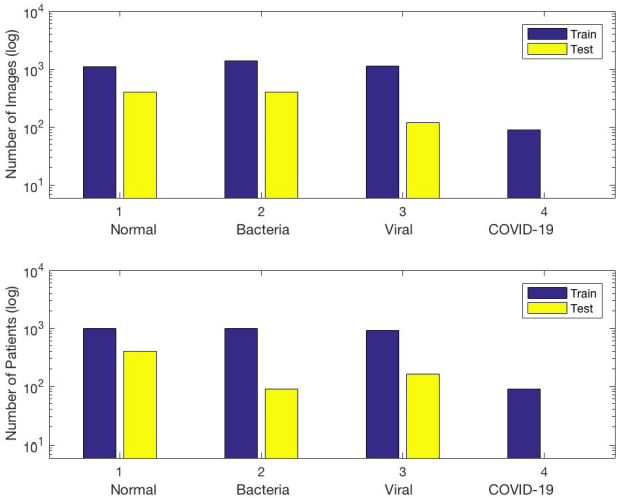
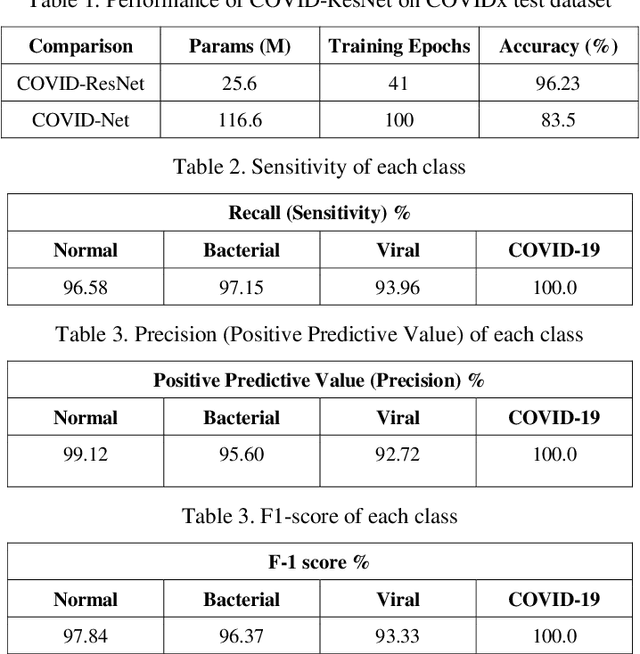
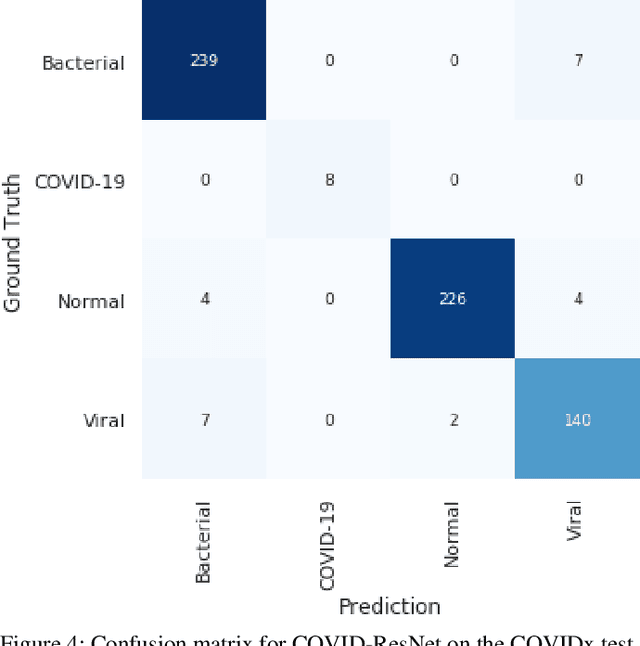
Abstract:In the last few months, the novel COVID19 pandemic has spread all over the world. Due to its easy transmission, developing techniques to accurately and easily identify the presence of COVID19 and distinguish it from other forms of flu and pneumonia is crucial. Recent research has shown that the chest Xrays of patients suffering from COVID19 depicts certain abnormalities in the radiography. However, those approaches are closed source and not made available to the research community for re-producibility and gaining deeper insight. The goal of this work is to build open source and open access datasets and present an accurate Convolutional Neural Network framework for differentiating COVID19 cases from other pneumonia cases. Our work utilizes state of the art training techniques including progressive resizing, cyclical learning rate finding and discriminative learning rates to training fast and accurate residual neural networks. Using these techniques, we showed the state of the art results on the open-access COVID-19 dataset. This work presents a 3-step technique to fine-tune a pre-trained ResNet-50 architecture to improve model performance and reduce training time. We call it COVIDResNet. This is achieved through progressively re-sizing of input images to 128x128x3, 224x224x3, and 229x229x3 pixels and fine-tuning the network at each stage. This approach along with the automatic learning rate selection enabled us to achieve the state of the art accuracy of 96.23% (on all the classes) on the COVIDx dataset with only 41 epochs. This work presented a computationally efficient and highly accurate model for multi-class classification of three different infection types from along with Normal individuals. This model can help in the early screening of COVID19 cases and help reduce the burden on healthcare systems.
Learning Rates for Kernel-Based Expectile Regression
Feb 27, 2017Abstract:Conditional expectiles are becoming an increasingly important tool in finance as well as in other areas of applications. We analyse a support vector machine type approach for estimating conditional expectiles and establish learning rates that are minimax optimal modulo a logarithmic factor if Gaussian RBF kernels are used and the desired expectile is smooth in a Besov sense. As a special case, our learning rates improve the best known rates for kernel-based least squares regression in this scenario. Key ingredients of our statistical analysis are a general calibration inequality for the asymmetric least squares loss, a corresponding variance bound as well as an improved entropy number bound for Gaussian RBF kernels.
 Add to Chrome
Add to Chrome Add to Firefox
Add to Firefox Add to Edge
Add to Edge